Home>Gardening & Outdoor>Landscaping Ideas>When To Walk On New Grass
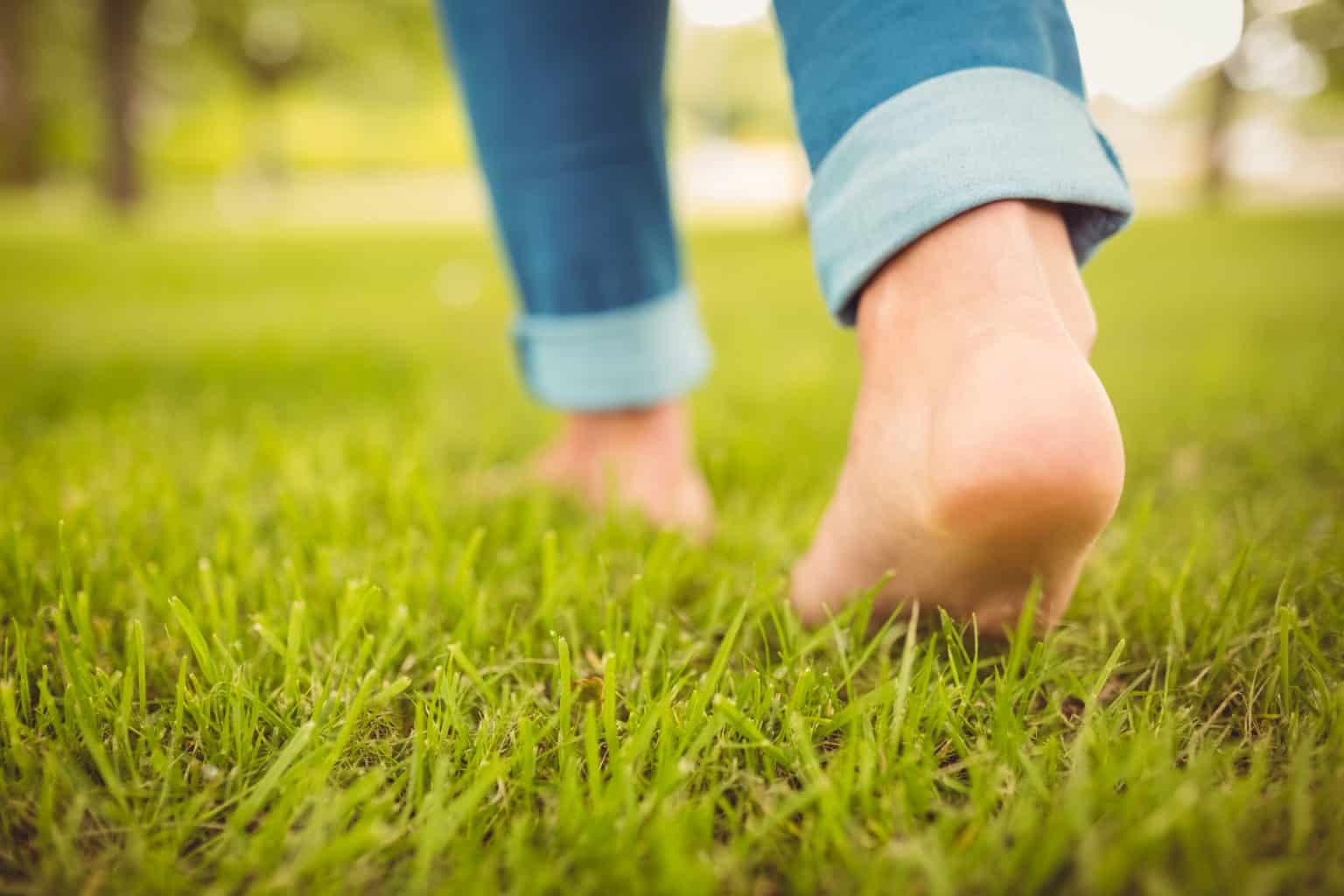

Landscaping Ideas
When To Walk On New Grass
Published: January 30, 2024
Discover the best landscaping ideas for walking on new grass. Learn when it's safe to walk on newly laid grass and how to care for it. Explore expert tips and advice.
(Many of the links in this article redirect to a specific reviewed product. Your purchase of these products through affiliate links helps to generate commission for Storables.com, at no extra cost. Learn more)
Introduction
Welcome to the exciting journey of nurturing a lush, green lawn. As a proud homeowner, the sight of newly laid grass fills you with anticipation and joy. However, it’s important to exercise patience and caution before taking that inaugural stroll on your verdant carpet. Walking on new grass too soon can impede its growth and lead to unsightly damage. To ensure that your lawn flourishes into a picture-perfect oasis, it’s crucial to understand the growth process and recognize the signs that indicate it’s ready for foot traffic. In this article, we’ll delve into the factors to consider before venturing onto new grass and highlight the telltale signs that signify its readiness for your footsteps. By mastering the art of timing, you’ll be able to enjoy your vibrant lawn to the fullest while fostering its healthy development. So, let’s embark on this enlightening exploration of when to walk on new grass.
Key Takeaways:
- Timing is crucial when walking on new grass. Understanding growth phases and signs of readiness ensures a healthy, resilient lawn.
- Factors like root establishment, soil moisture, and grass type impact when to walk on new grass. Patience and observation are key.
Read more: When To Walk On Grass Seed
Understanding the Growth Process
Before venturing onto your new lawn, it’s essential to comprehend the intricate journey of grass growth. When freshly laid, grass undergoes a critical establishment phase, during which it anchors its roots and acclimates to its new environment. This process typically spans several weeks, during which the grass roots delve deeper into the soil, seeking nourishment and stability. The grass blades gradually grow taller, harnessing sunlight to fuel photosynthesis and promote chlorophyll production. This phase is pivotal for the grass’s overall health and resilience, laying the foundation for a robust and vibrant lawn.
As the grass continues to thrive, it develops a dense root system, fortifying its grip on the soil and enhancing its ability to withstand foot traffic. This phase marks a significant milestone, signaling the grass’s increasing capacity to endure external stressors. Understanding this growth process is crucial for gauging the optimal timing to introduce foot traffic without compromising the grass’s development. By respecting the natural progression of the grass, you can contribute to its long-term vitality and longevity, ensuring a luxuriant and enduring lawn for years to come.
Factors to Consider Before Walking on New Grass
Before eagerly treading upon your freshly laid lawn, it’s imperative to consider several key factors that can significantly impact the grass’s development. Patience is paramount during the initial phase of grass establishment, as premature foot traffic can impede its growth and lead to compaction, which hinders root expansion and nutrient absorption. To ensure the optimal conditions for your grass to flourish, it’s essential to assess the following factors:
- Root Establishment: The first few weeks are critical for the grass to establish strong, deep roots. Walking on the grass during this crucial phase can disrupt the delicate root system, hampering its ability to anchor firmly in the soil.
- Soil Moisture: Adequate moisture is vital for the grass to develop robust roots and lush foliage. Walking on wet soil can lead to compaction, hindering drainage and oxygen flow to the roots, thereby stunting the grass’s growth.
- Grass Type: Different grass species have varying growth rates and resilience. Understanding the specific characteristics of your grass type is essential for determining the appropriate timing for foot traffic.
- Weather Conditions: Extreme heat or dry spells can stress the grass, making it more susceptible to damage from foot traffic. Conversely, excessively wet conditions can exacerbate soil compaction. It’s crucial to consider the prevailing weather patterns before venturing onto the grass.
- Time Since Installation: The duration since the grass was laid plays a pivotal role in determining its readiness for foot traffic. While some grass types may be ready for light activity within a few weeks, others may require longer periods to establish a resilient turf.
By conscientiously evaluating these factors, you can make informed decisions regarding the timing of walking on your new grass, ensuring that it thrives and flourishes into a resilient and captivating lawn.
Wait to walk on new grass until it has grown to at least 3 inches tall. This allows the roots to establish and the grass to become more resilient to foot traffic.
Signs That the Grass is Ready to be Walked On
Recognizing the opportune moment to grace your new lawn with your presence is a pivotal aspect of lawn care. Several discernible signs indicate that the grass is sufficiently established to withstand foot traffic, allowing you to revel in the beauty of your verdant retreat without compromising its health. By keenly observing these signs, you can confidently stride across your lawn, knowing that it’s poised to embrace your footsteps:
- Dense Growth: When the grass exhibits a lush and dense growth pattern, it signifies that the roots are firmly established, anchoring the turf and enabling it to withstand the impact of foot traffic.
- Resilient Texture: Gently pressing your fingers into the grass can provide valuable insights. If the turf offers a resilient resistance and springs back readily, it indicates that the roots have developed a robust network, capable of rebounding from external pressure.
- Visible Mowing Lines: After mowing the grass a few times, the presence of distinct mowing lines that fade quickly indicates that the grass is resilient and ready for light foot traffic.
- Minimal Soil Displacement: Walking on the grass and observing minimal soil displacement or indentations signifies that the turf can withstand light to moderate foot traffic without sustaining damage.
- Stable Soil Moisture: The soil should be moist but not excessively wet. If the soil retains moisture without becoming waterlogged, it indicates an optimal balance that fosters healthy root development and resilience.
By attentively gauging these signs, you can confidently determine when your new grass is primed for foot traffic, ensuring that your enjoyment of the lawn aligns harmoniously with its ongoing growth and vitality.
Conclusion
Embarking on the journey of nurturing a new lawn is a gratifying experience that demands patience, attentiveness, and a deep understanding of the grass’s growth process. By comprehending the critical phases of grass establishment and considering the pivotal factors that influence its development, you can cultivate a vibrant and resilient lawn that beckons you to revel in its beauty. Recognizing the telltale signs that signify the grass’s readiness for foot traffic empowers you to tread upon your verdant sanctuary with confidence, knowing that it can withstand your presence without compromise.
As you eagerly anticipate the moment to set foot on your new grass, it’s essential to exercise restraint and allow the turf the time it needs to establish a robust foundation. By respecting the natural progression of the grass’s growth and resilience, you contribute to the creation of a captivating and enduring lawn that enriches your outdoor space with its lush splendor.
Ultimately, the art of timing when to walk on new grass is a delicate balance of patience, observation, and informed judgment. By aligning your actions with the grass’s developmental cues, you foster a harmonious coexistence with your lawn, ensuring that it thrives into a resilient and inviting expanse that welcomes your presence with open, verdant arms.
So, as you await the opportune moment to grace your new lawn with your footsteps, revel in the anticipation of creating cherished memories amidst the vibrant tapestry of your flourishing grassland.
Frequently Asked Questions about When To Walk On New Grass
Was this page helpful?
At Storables.com, we guarantee accurate and reliable information. Our content, validated by Expert Board Contributors, is crafted following stringent Editorial Policies. We're committed to providing you with well-researched, expert-backed insights for all your informational needs.

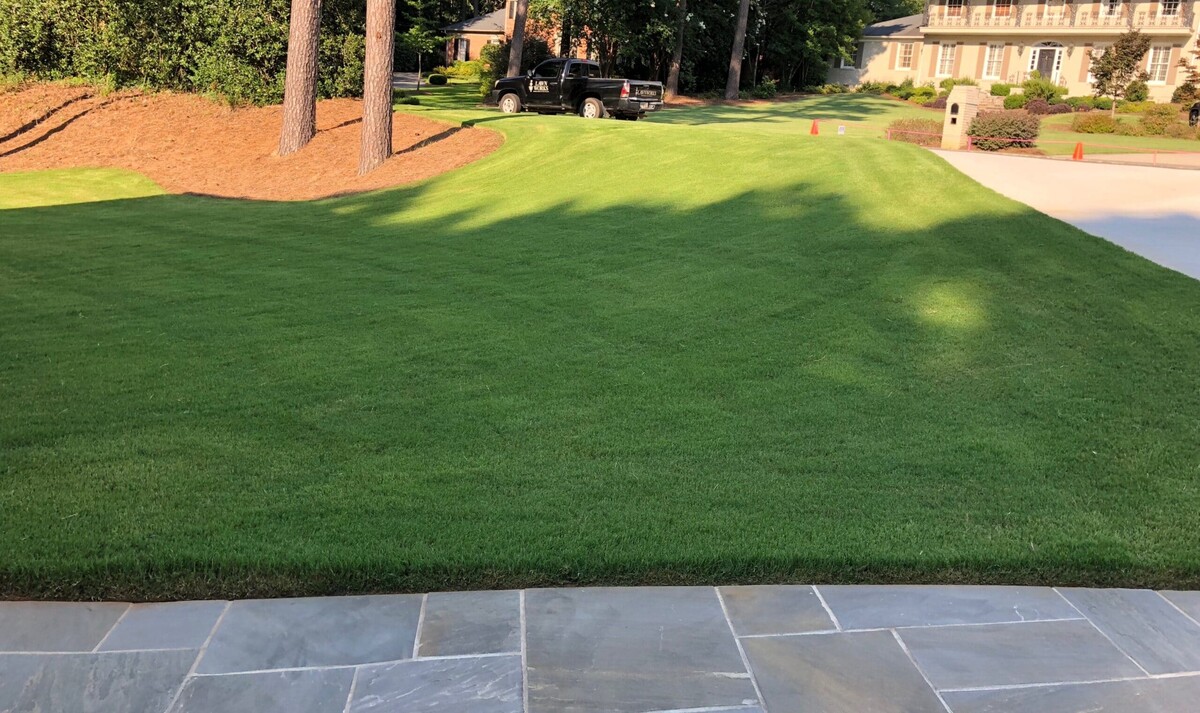
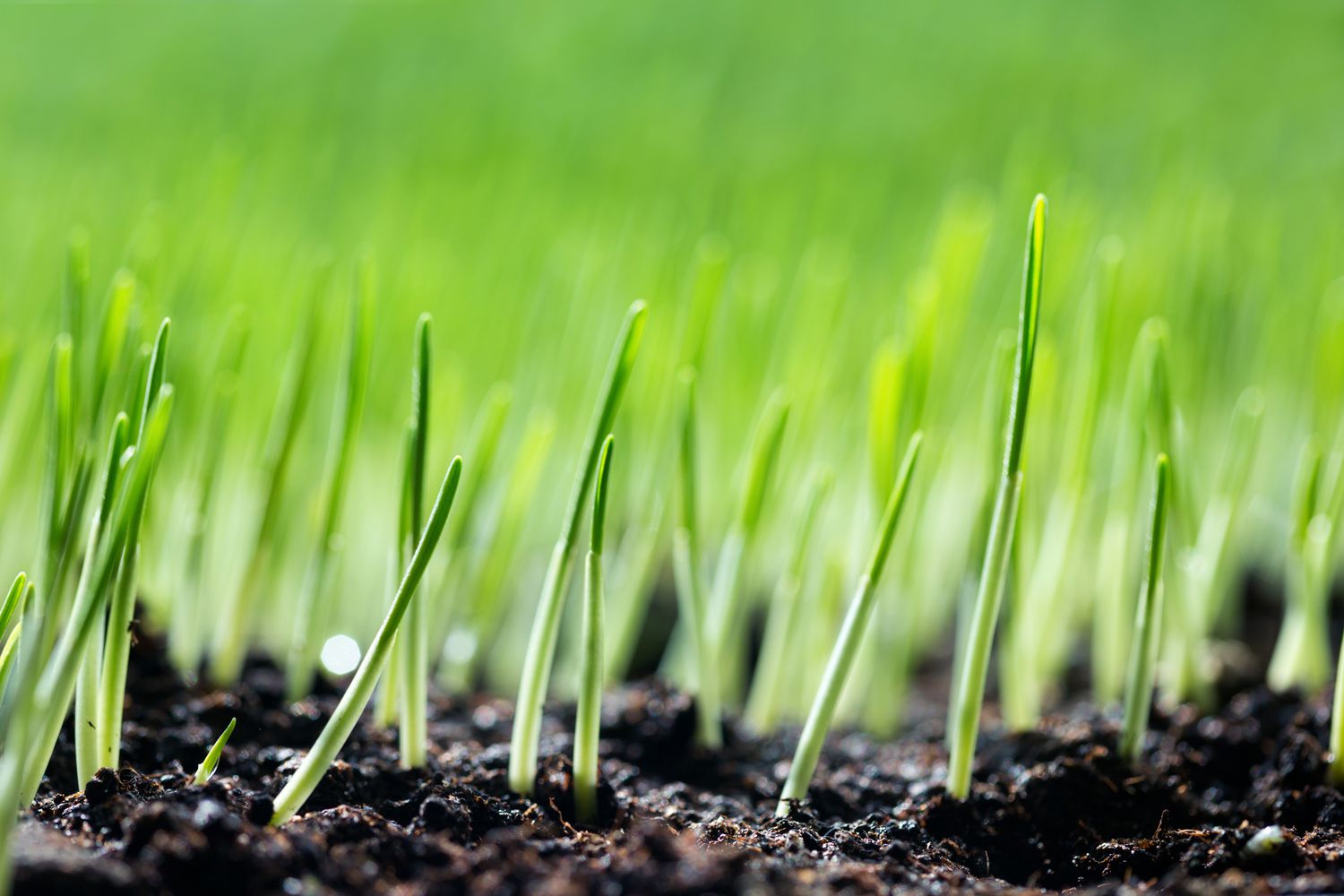
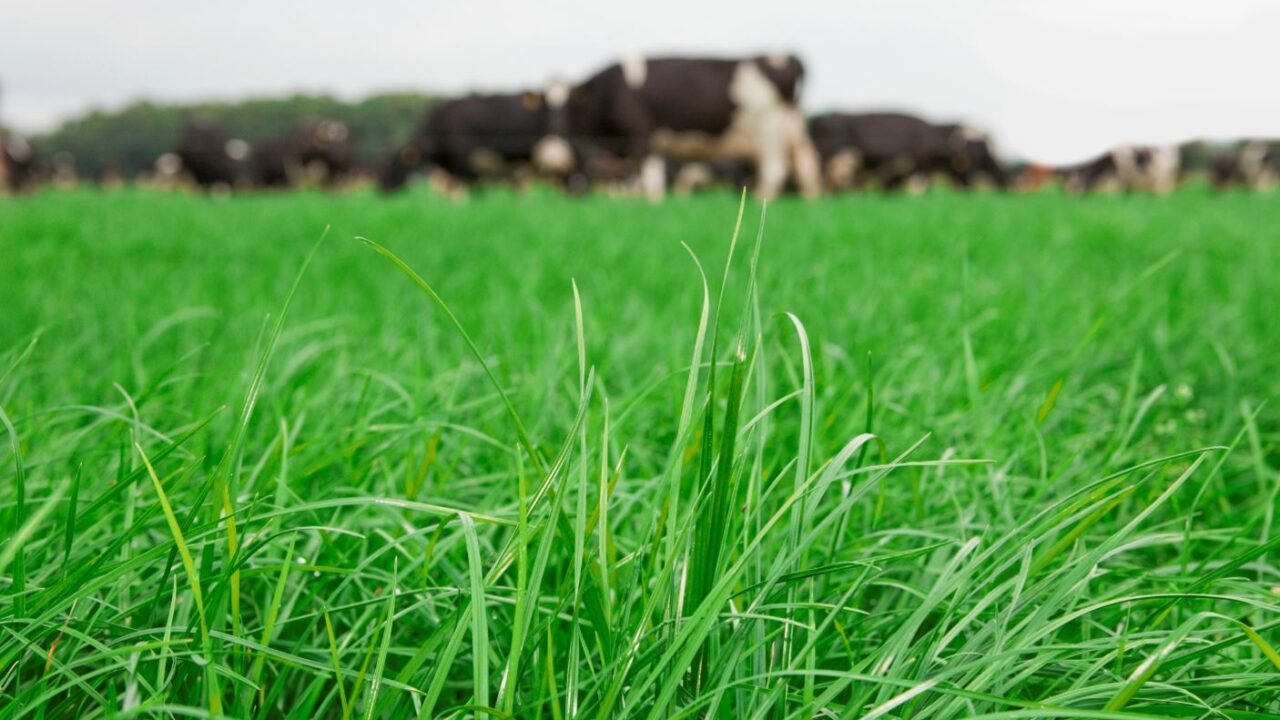
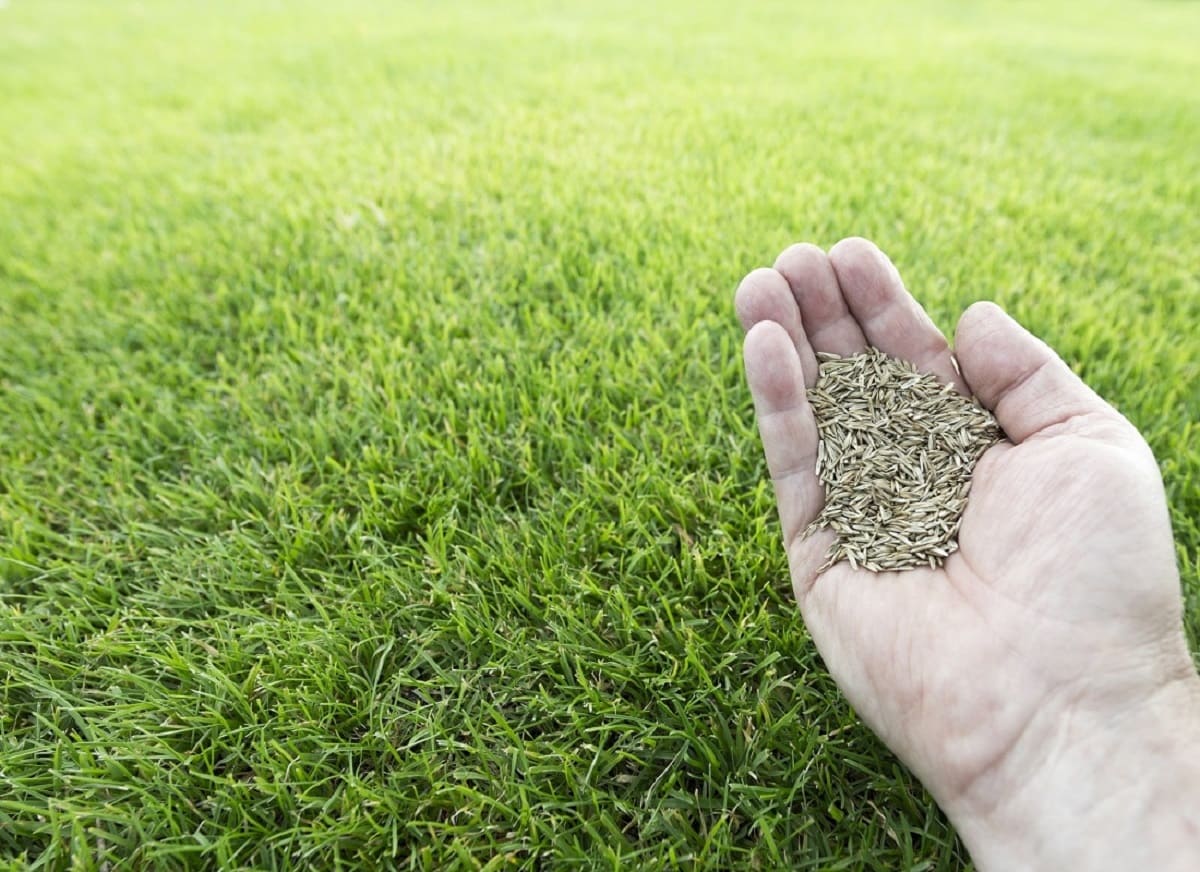
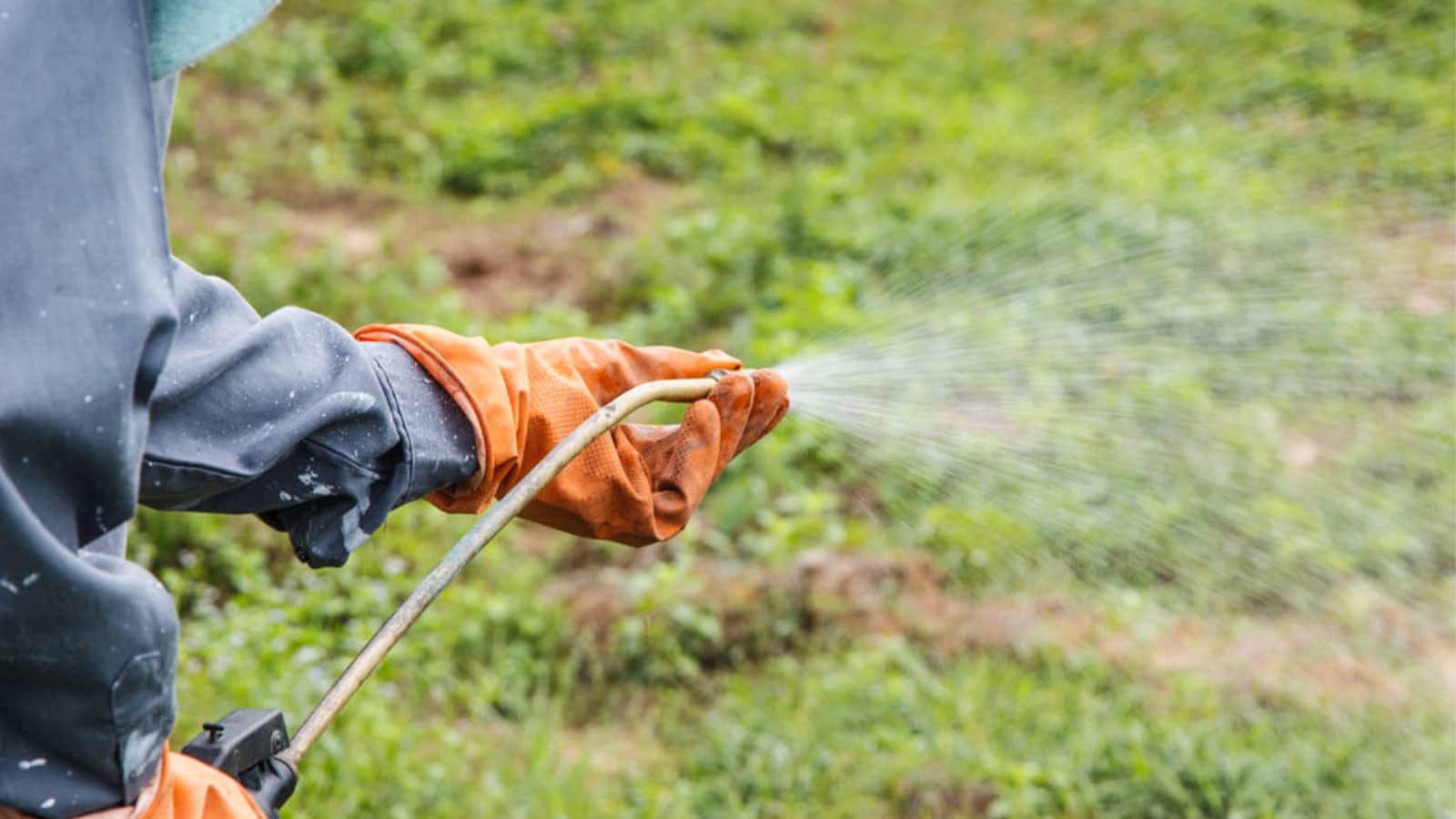
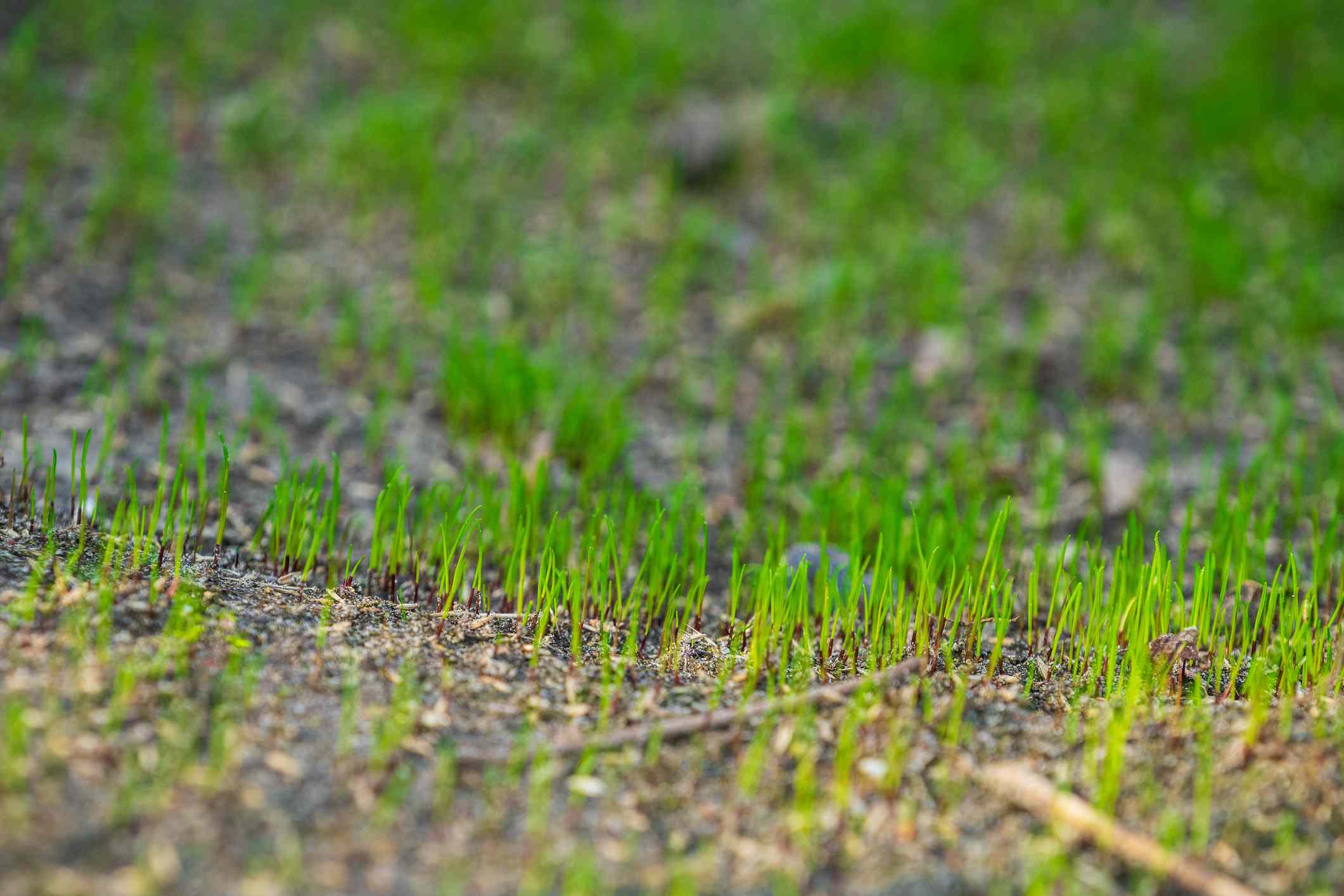
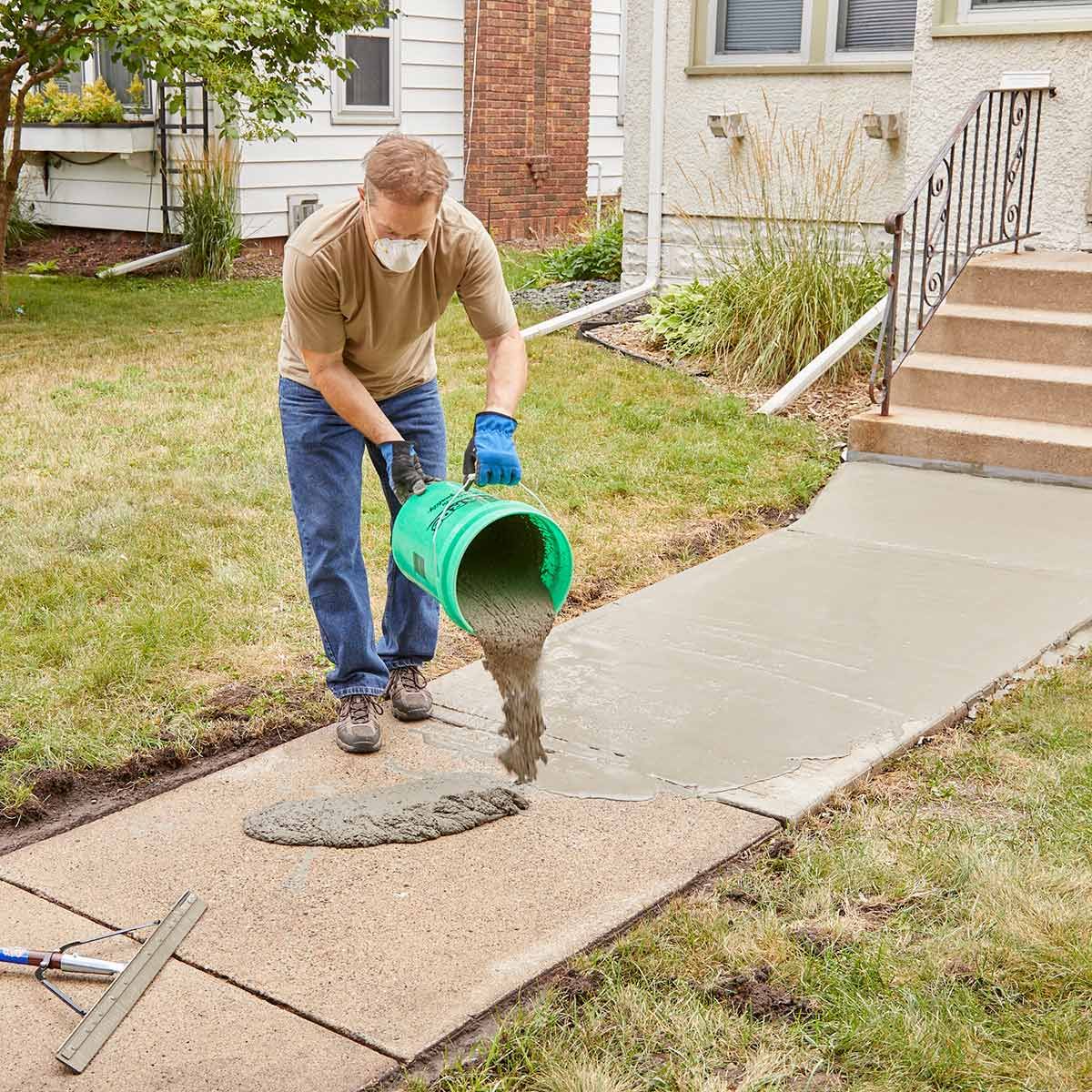
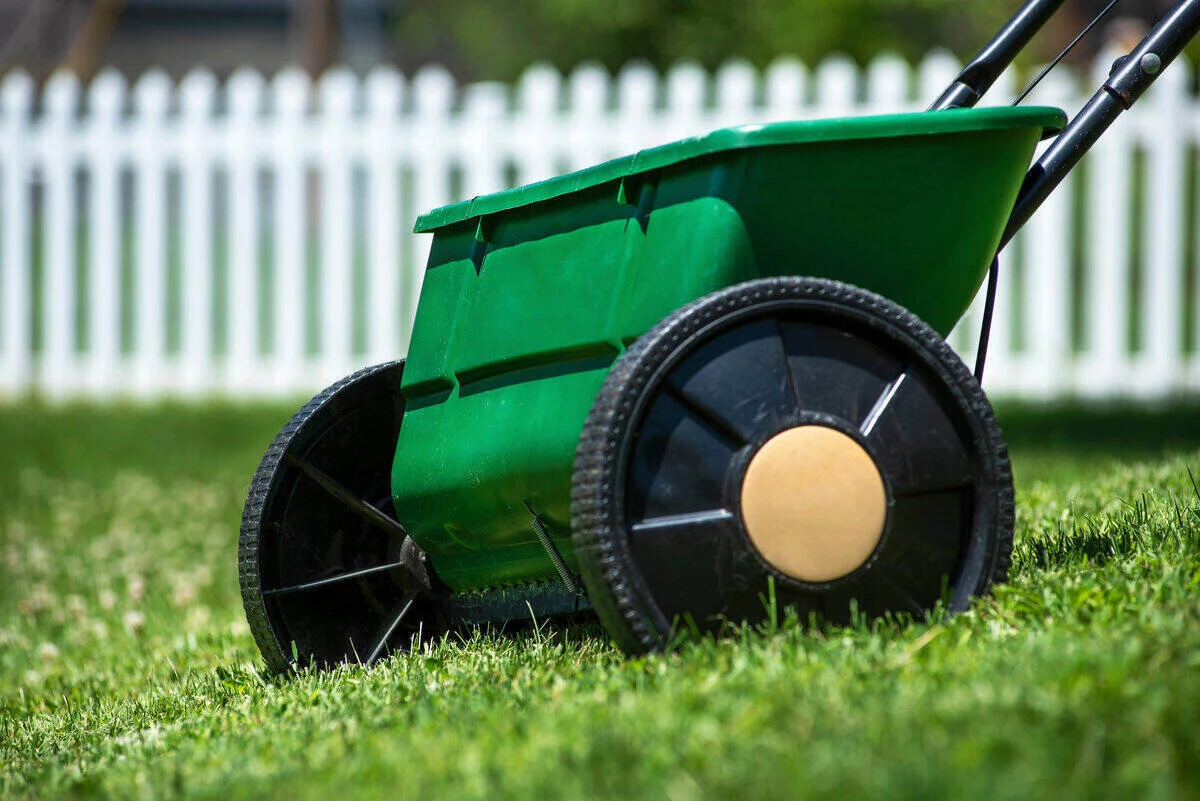
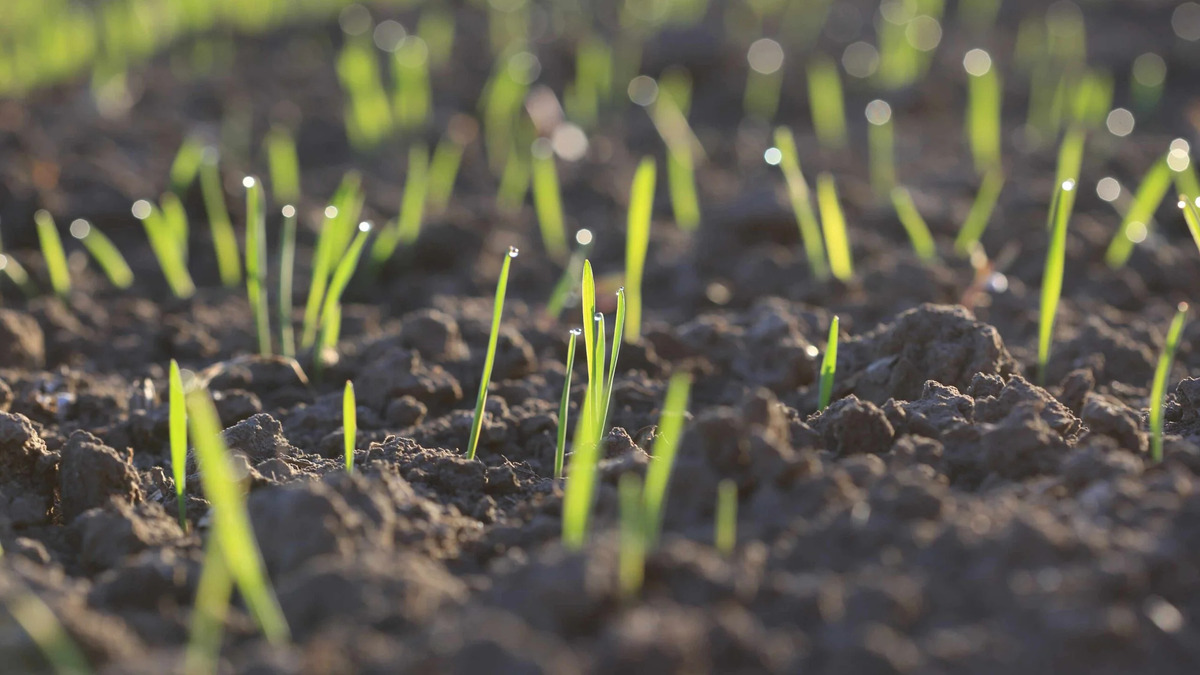
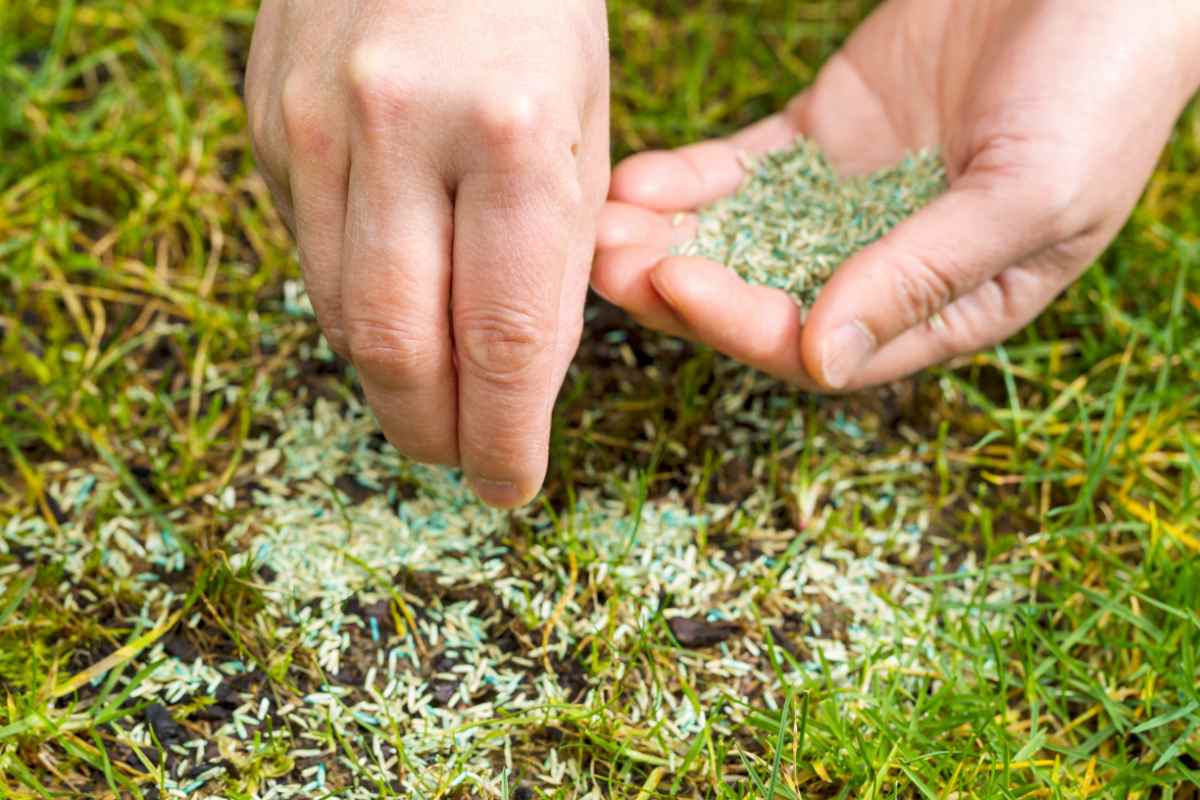
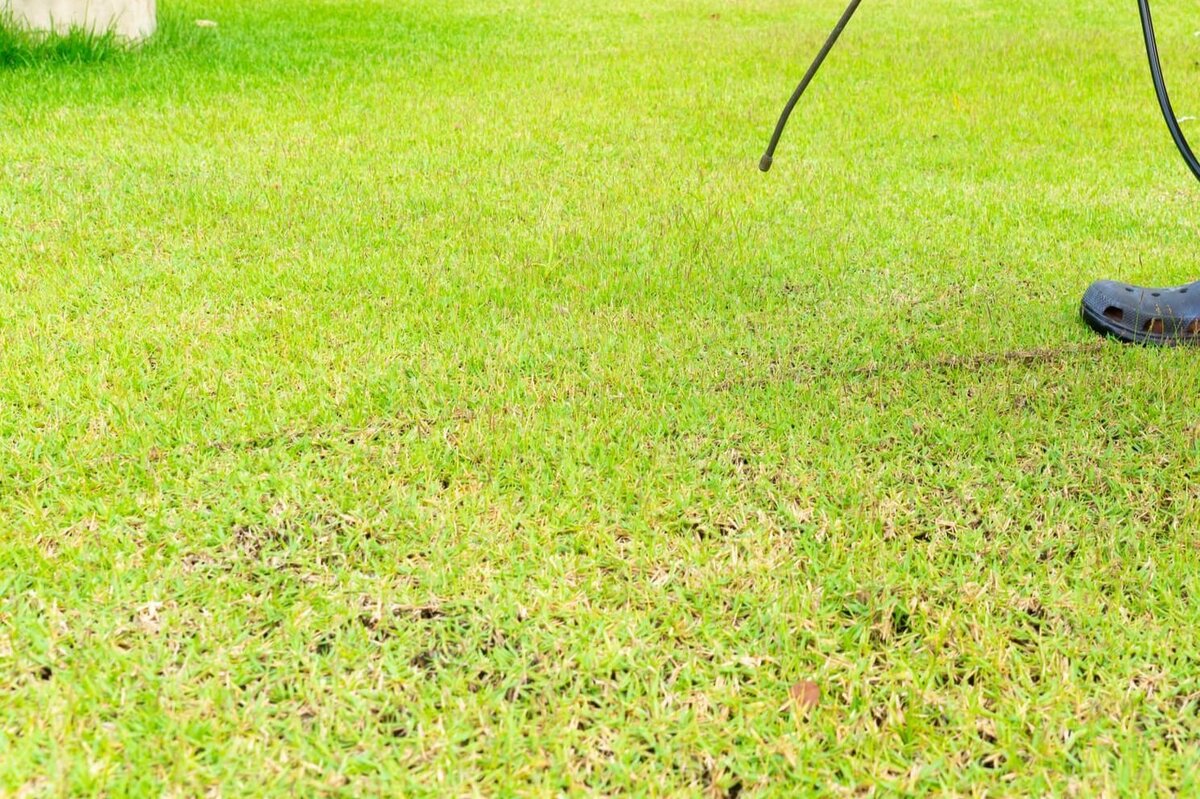
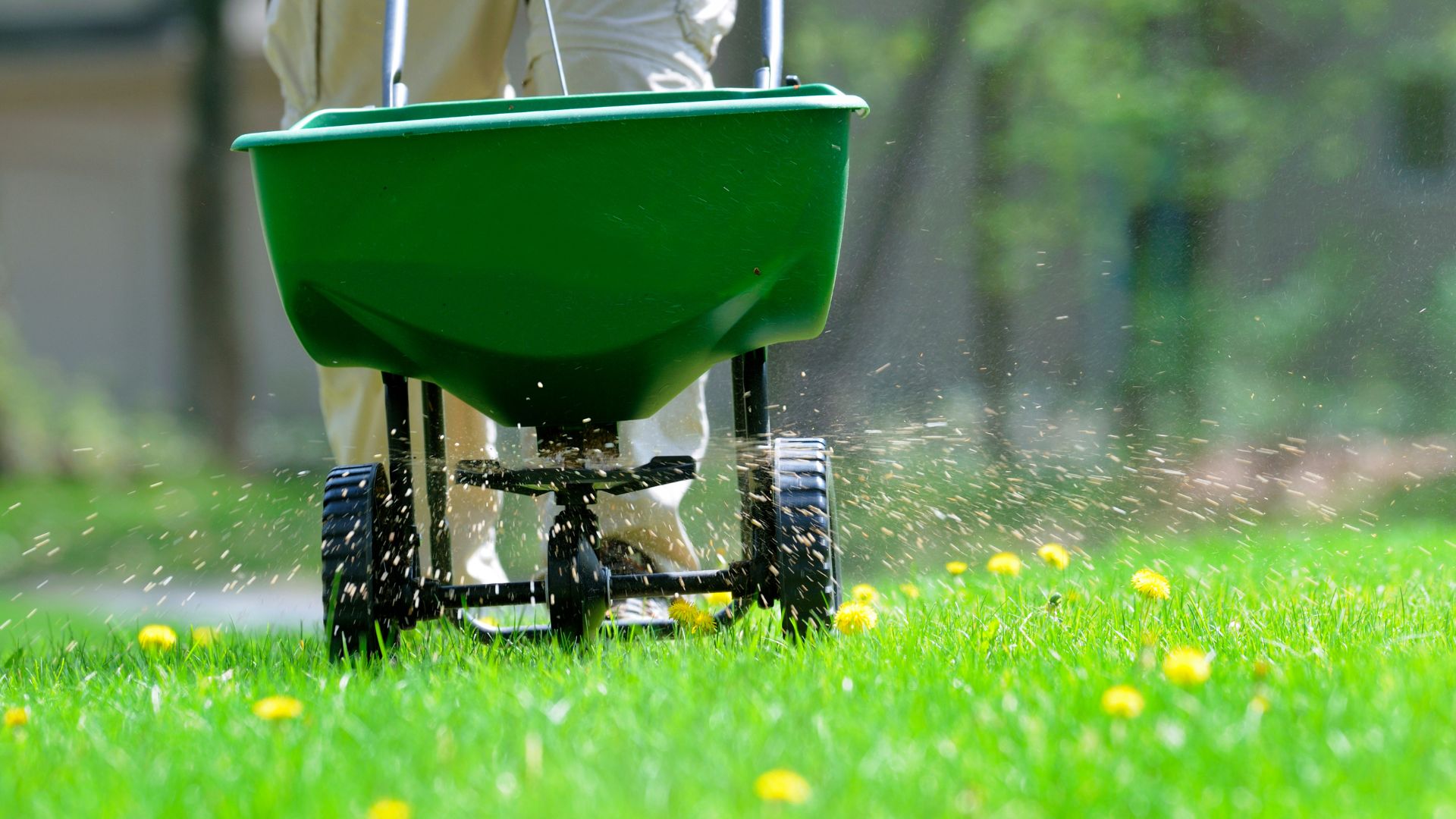
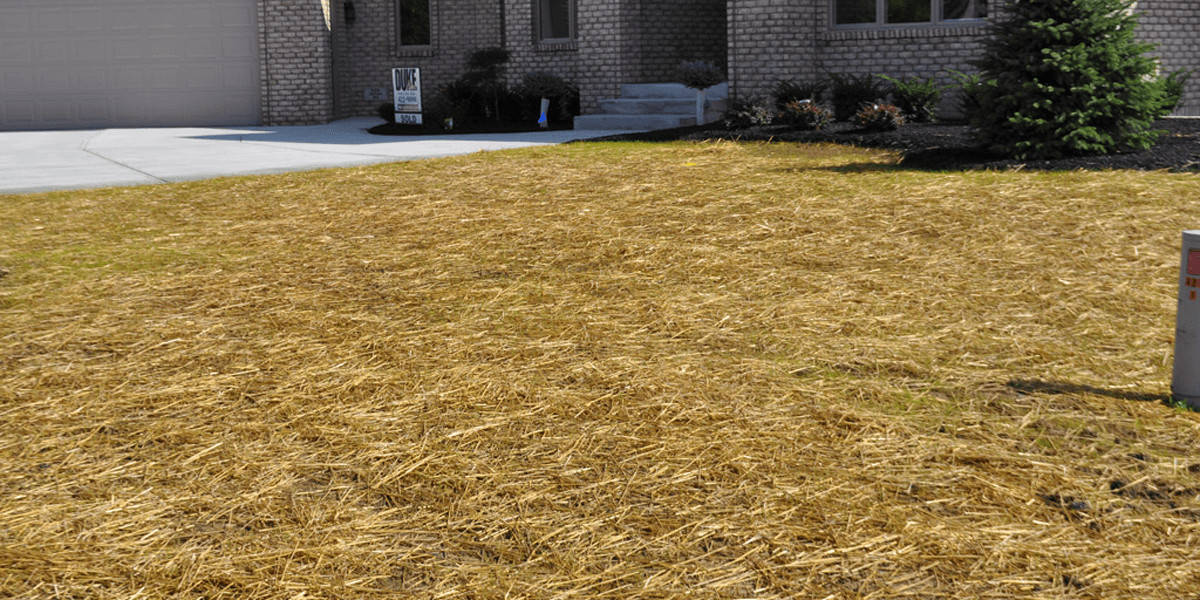


0 thoughts on “When To Walk On New Grass”